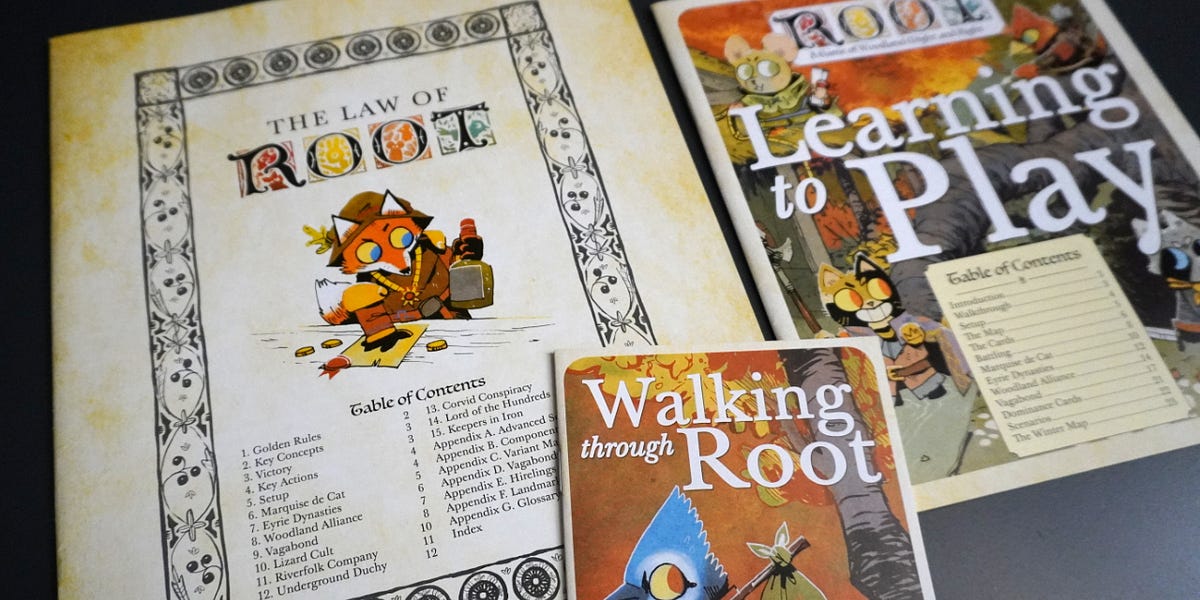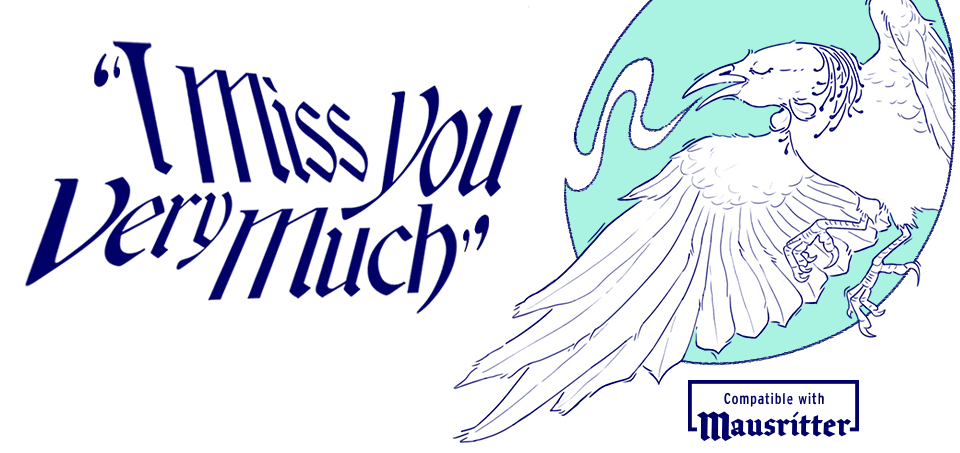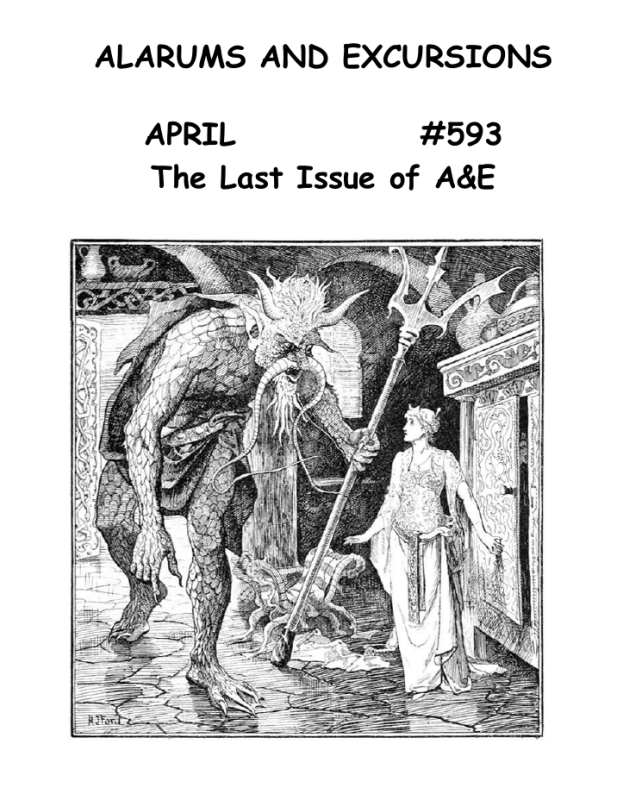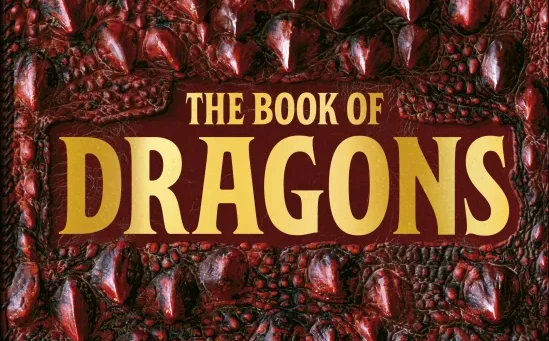SMOOSH JUICE
On the 21st Century Opportunities To Make a Living as an Artist
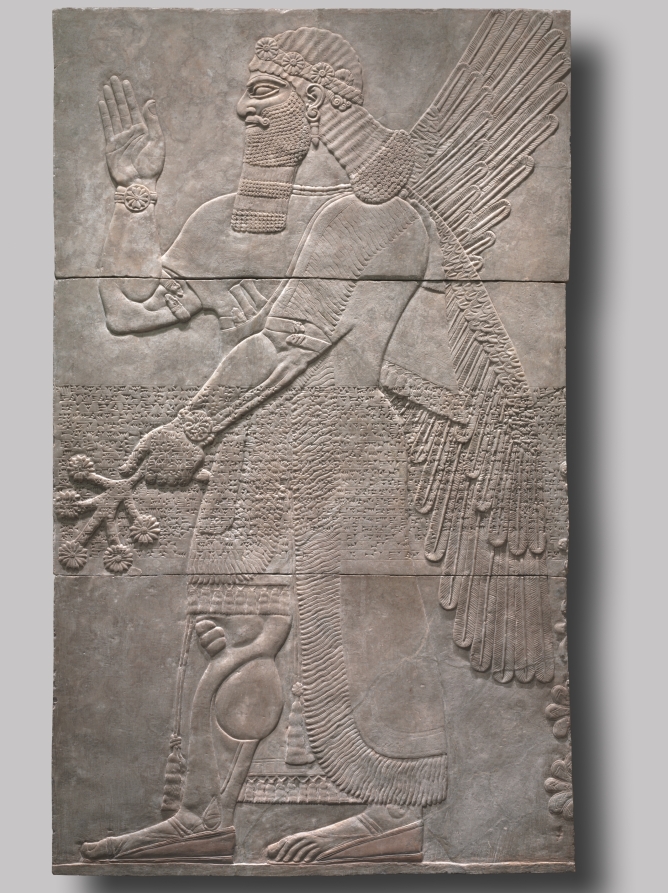
It used to be next to impossible to make a reasonable living as an artist in any medium.
It’s still not easy. It was never easy. It will never be easy.
Today, making a living as an artist or entertainer is hard in ways that are different from the way it was hard in the past.
It is also far more possible to make a living creating honest and uncompromising art for ordinary people than it has ever been.
Historically speaking, working artists have been rare and they worked for the elite
A tiny fraction of all the people who have ever lived were full time artists. Most of those who were full time artists didn’t make art for its own sake or to express their own unique experience of life.
Art in major museums is often organized by era and by region or culture.
Look at the oldest exhibits. What do they depict?
Relief carvings of Assyrian kings. Greek vases with heroes and gods. Statues of emperors, popes, and mythic figures.

Who paid the artists to make those things?
Olaf the cobbler? Wang the rice farmer?
Michelangelo was one of the greatest sculptors and painters to ever live but almost everything he made had the purpose of enhancing the status of the Medici, various popes, or the church as an institution. He may have genuinely created from a love of art but it was commissioned and paid for by the wealthiest and most powerful people in Italy to serve their own interests.
Tech has made art by normal people possible
The rise of accessible and reasonably inexpensive technology has made it possible for artists to go around the traditional gatekeepers of art and pop culture to produce things that couldn’t have been done without the support of the traditional gatekeepers in the past.
Cheap paper and industrial scale printing made the pulps possible. Without that technology, there would be no Conan or Cthulu.
Without four track recorders, bands wouldn’t have been able to make demo tapes to send to record labels. Many bands would have never made it out of the garage.
The PC, audio interfaces, photoshop, digital printing, and the smart phone have made it possible to create art at a quality level that would have been far out of the reach of anyone but Hollywood, the Big Five Publishers, or Nashville a generation ago.
Those tools allow someone with a bootstrap budget to create an album, layout a book, edit a film, or write a game with a laptop and persistence.
Tech has made art for normal people possible
There has always been folk art. It mostly existed as ornamentation for everyday items or objects used in religious rituals that the whole community participated in.

The people who made folk art in the past were usually not able to make a living making art that was only for looking at or being entertained. You might have played fiddle at a wedding but you went back to herding sheep when it was over. It was simply not possible to make art for ordinary folk and make a living from it for most artists.
Today, artists who make things that the wealthy and the elite won’t support are able to make art and make a living with support from normal people. While they aren’t getting rich, artists who are truly skilled can make art they believe in and find an audience large enough to pay the rent.
There are bands making outrageous music that no label would ever pay for or distribute.
There are directors making documentaries that governments don’t want you to see.
It’s not easy, but it’s possible.
Social media is both a boon and a curse for art and artists
I’ve been hearing more and more grumbling about how the enshitifcation of social media has become a disaster for artists. That’s true but let’s put the problem in context.
Some of us are old enough to remember that in order to spread the word about your show, you had to get a flyer or poster printed. It might be a crappy drawing that you printed on the office copier but that was the only way.
Bands spent hours pasting up posters everywhere they could find a corkboard, bare wall or lamp post. I did this for high school theater productions and readings for the creative writing department at my university in the 90’s.
Then came social media. My Space, Facebook, Instagram, Twitter were all highly effective ways for artists to let people know about their art. Someone looking for the thing you made would see it or hear about on their news feed and buy it, go to the show, or watch your indie film. You could get a reasonable turn out in less time, very little money, and with less effort than the old way of handing out photocopied slips of paper at the dive bar.
Social is sharecropping
Social media companies are being revealed for what they always were, self interested.
Several thoughtful commentators figured out early in Web 2.0 that social media was digital sharecropping. They offered access to productive land to plant your seed and grow your crops but since you didn’t own that land, the landlord could kick you off as soon as you become inconvenient.
If you want the profit, if you want to control what gets produced and how, if you don’t want to make compromises, then you have to own the land and the seed. Farmers learned this centuries ago.
It seems artists have to be retaught this lesson every generation.
It is how it is
It would be great if artists were able to spend more time making art and less time making other people aware of their art.
That’s not the situation.
“Content creators” whose whole schtick is their YouTube channel, their Instagram feed, their TikToks get more attention than truly skilled artists who don’t do any of that. It’s also the case that the artists who use the social media are often not more popular than the dedicated content creators.
Artists, writers, game designers, and film makers can do some things that to make it more likely that their art can sustain them. That doesn’t mean it will happen. It only means that it is more likely to happen if they do make “content” for the socials. There are many factors that have nothing to do with the artists or the art they make that decides who makes millions and who dies in obscurity.
Art history is full of artists who were unknown when they were alive to only become famous after they are long dead.

It’s unfortunate but it’s reality.
Making a living as an artist is hard but at least it’s still possible, for now.
Artists have always had a difficult time feeding themselves by making the art they wanted to make.
What is new is that artists can talk directly to ordinary people who might be willing to give the artists a few bucks each. In the aggregate that can be enough to live on.
Yes, it is hard. Yes, the social media companies are taking advantage of the people who use their services. Yes, you may not break through but you might. It’s more likely than ever that you can at least pay for the tools and materials that you are using to make that art, even if you have to keep your day job.
That’s a lot better than not being able to make art at all or only being able to make art that the king, the pope, the party, or the wealthy patrons of the salon approve of and will pay for.
